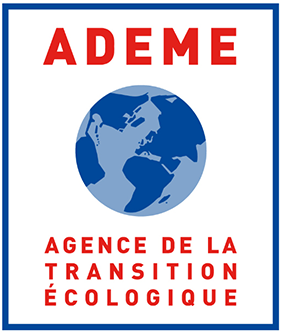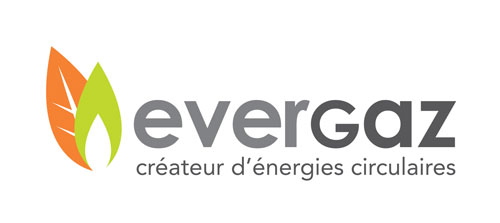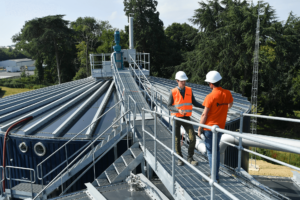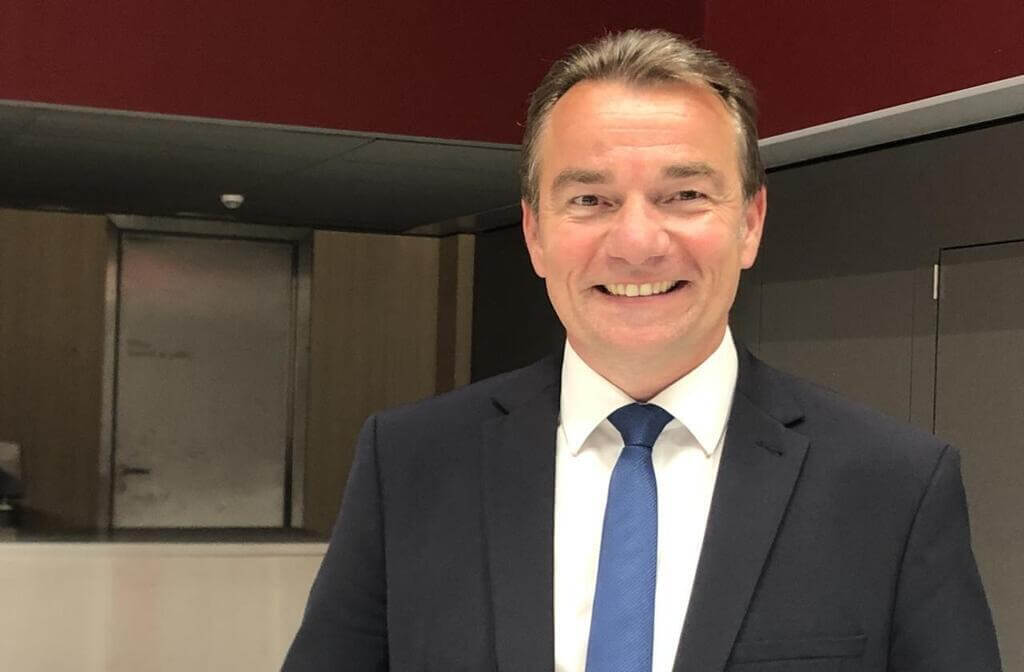Biogaz du Pays de Château-Gontier
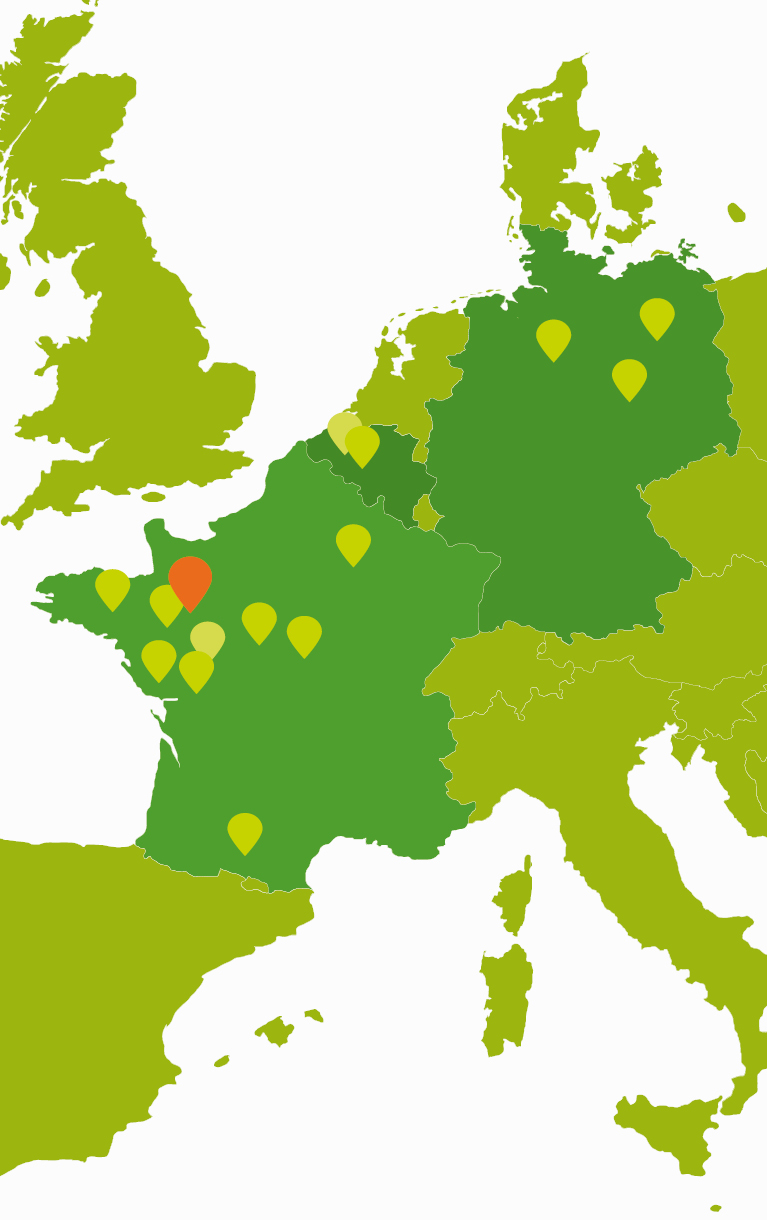
Biogaz du Pays de Château-Gontier is an anaerobic digestion unit located in the industrial zone of Pays de Château-Gontier in the Mayenne department (53). With its 4 forms of energy recovery - green electricity, green heat, bioNGV and now biomethane - the unit is a perfect example of circular economy. It recovers the organic matter produced locally by farmers, agri-food industries or the community. It supplies the equivalent of 1,700 homes with green electricity, for a treatment capacity of 35,000 tonnes of waste per year.
Project description
The facility forms part of the local economic fabric of the Azé industrial park where it is located. The unit is supplied by approximately forty farms, agri-food waste collectors and two local industrial companies: an abattoir and a cheese dairy which uses the heat generated. Evergaz built an NGV and bioNGV station open to the public in direct proximity to the biogas facility.
Evergaz built an NGV and bioNGV station open to the public in direct proximity to the biogas facility.
Evergaz built an NGV and bioNGV station open to the public in direct proximity to the biogas facility.
Find out moreKey data
-
Agri-food and abattoir waste, manure
-
Treatment capacity :
35,000 tonnes/year -
Biogas recovery by cogeneration: :
1,234 kWel -
Biogas recovery by scrubbing (end of 2021) :
400 Nm3/h -
Heat recovery :
agri-food production process (cheese dairy) -
Avoids the emission of :
5,000 tonnes of CO2 per year, i.e. the equivalent of 3183 cars -
Equivalent number of homes supplied with electricity :
1,700 homes -
Investment :
more than €15 million -
Land application plan over :
4,500 ha, 24 municipalities and 63 farms -
Commissioning date: :
2018
Benefits
- Treatment of local industrial waste
- Recovery of organic waste from the territory
- Reduced energy bill for industrial companies via thermal recovery
- Production of green energy: green electricity, green heat, BioNGV and natural biogas for vehicles
- Reduction in the territory’s energy dependency
- Reduction in greenhouse gas emissions
- Industrial waste treatment in a local loop
- Creation of local jobs unlikely to be relocated
- Production of natural fertiliser beneficial to soil
Project partners
